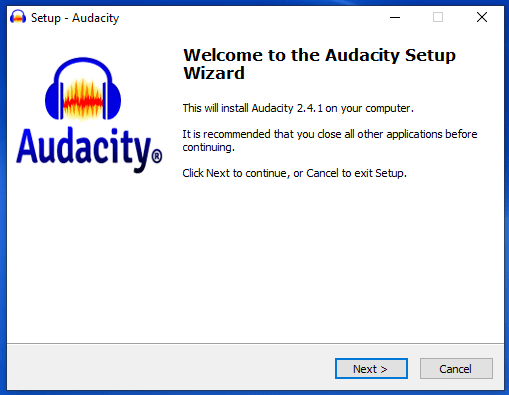

Most of the time, Audacity will automatically find the Lame Library.

Additionally, you may build FFmpeg or Libav on your own computer if you so wish. Finally, create an instance of Audacity that is connected to the LAME system. If you construct Audacity from source code, you may disable libraries' preferences by setting Audacity as follows: Disable > Dynamic > Encoding > Disable > Dynamic > Encoding > Disable > Dynamic > Encoding. It is not necessary to identify LAME or FFmpeg in the Audacity builds that have previously been packaged since there are no library choices for Audacity. Some distributions, such as the Ubuntu(Current) distribution, provide packages for Audacity, which includes mp3 encoding, and Libav, which is connected to the appropriate system libraries. By clicking "Ok," the encoding procedure for the file into the mp3 format will begin. You will be required to input the ID3 tags for the artist's name and the title of the music into the Audacity program.

Open Audacity and choose "Edit" from the drop-down menu.

However, here are the procedures to follow in order to utilize and begin the mp3 encoding process: Continue to press the "Next" button until you've completed the task. Right-click and choose "Install," then restart your computer. Installing Lame for Audacity is a simple process with no extra tools required.


 0 kommentar(er)
0 kommentar(er)
